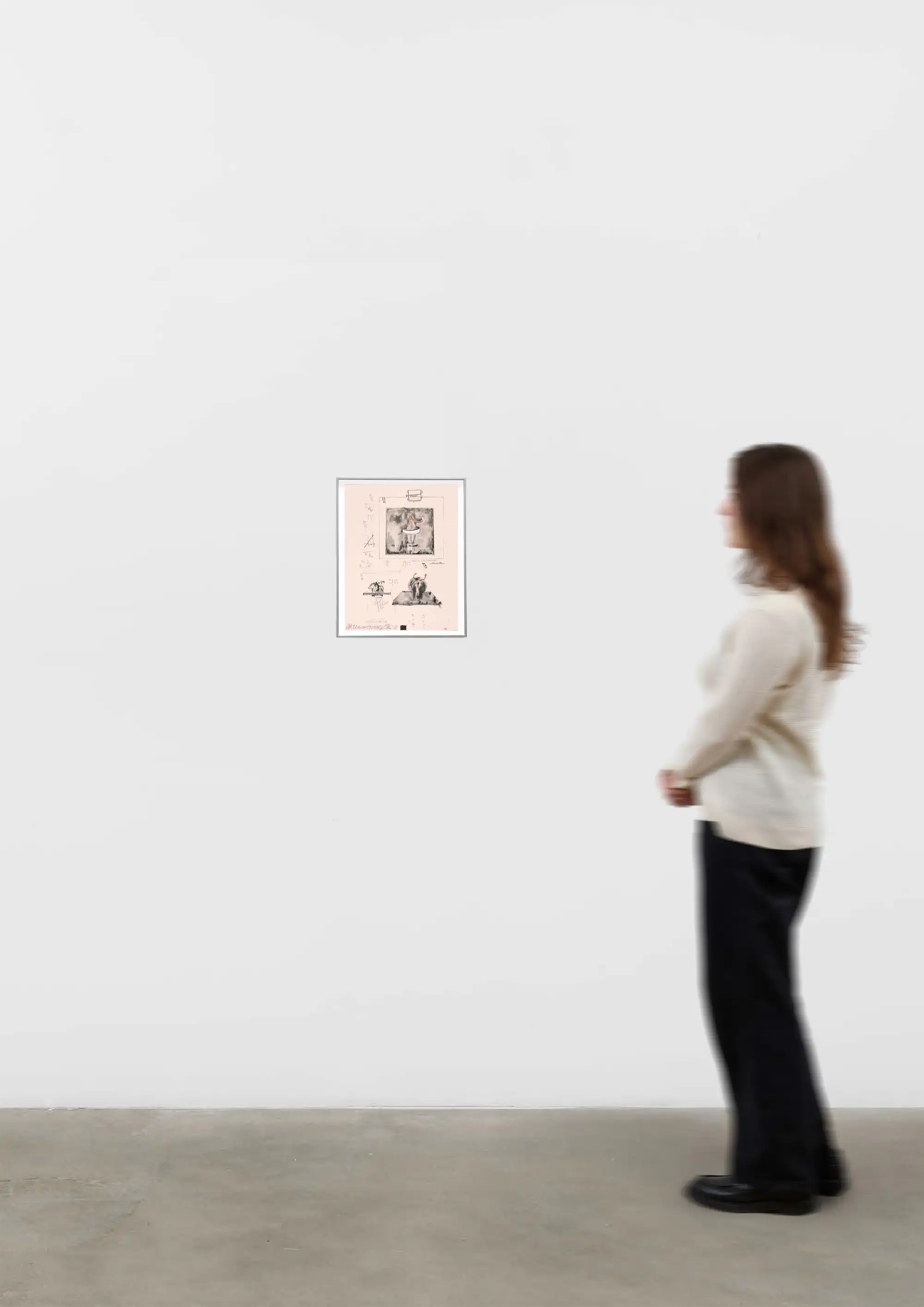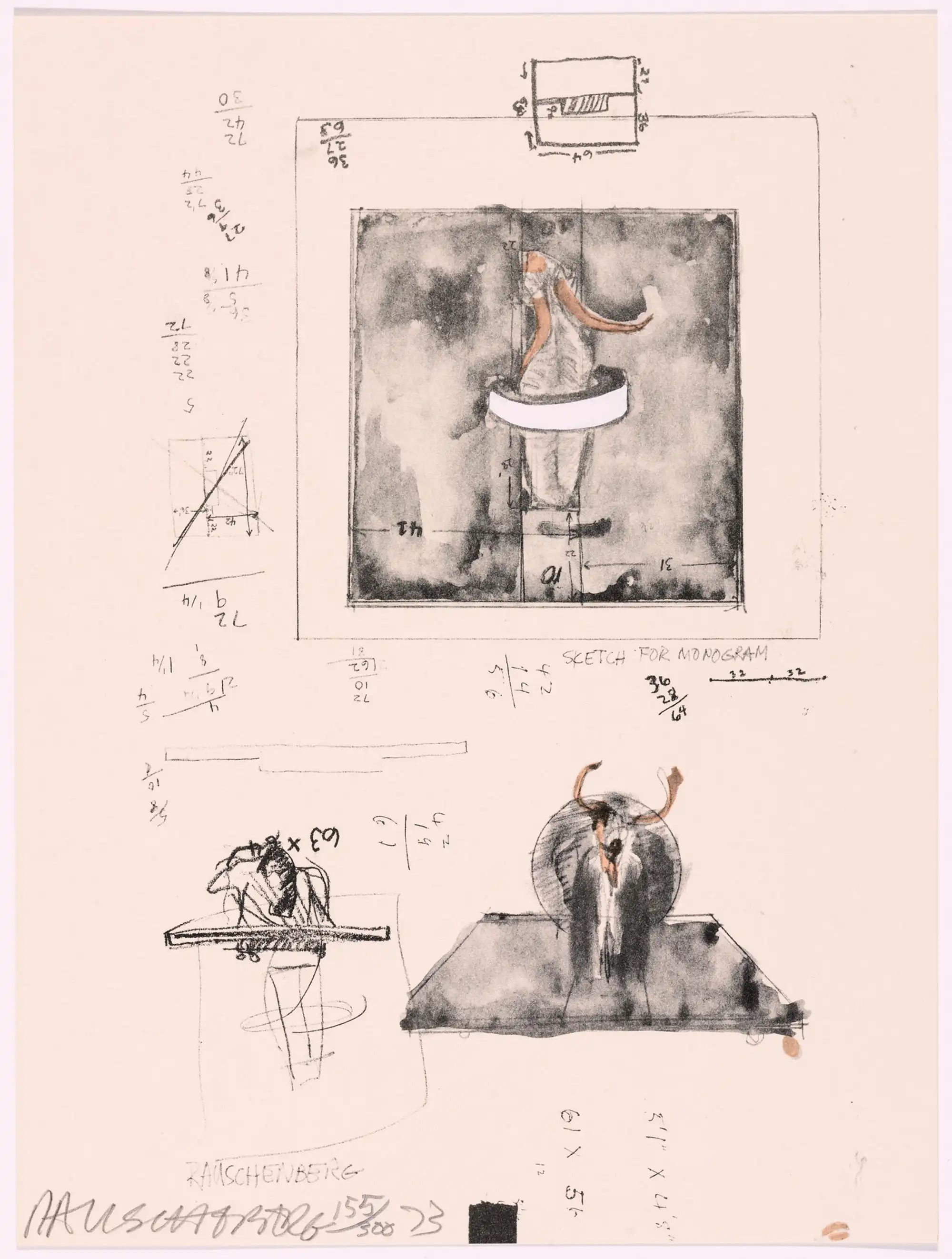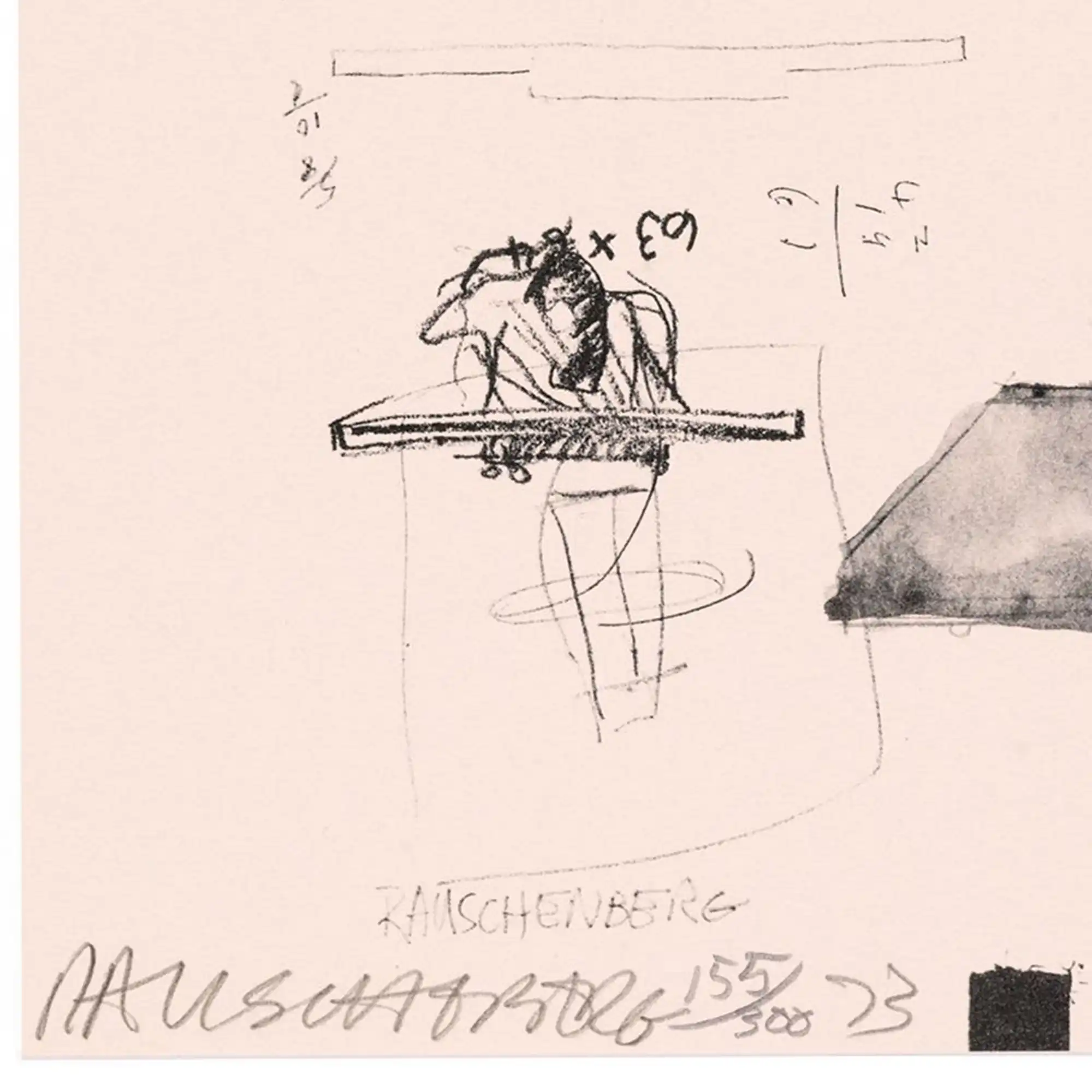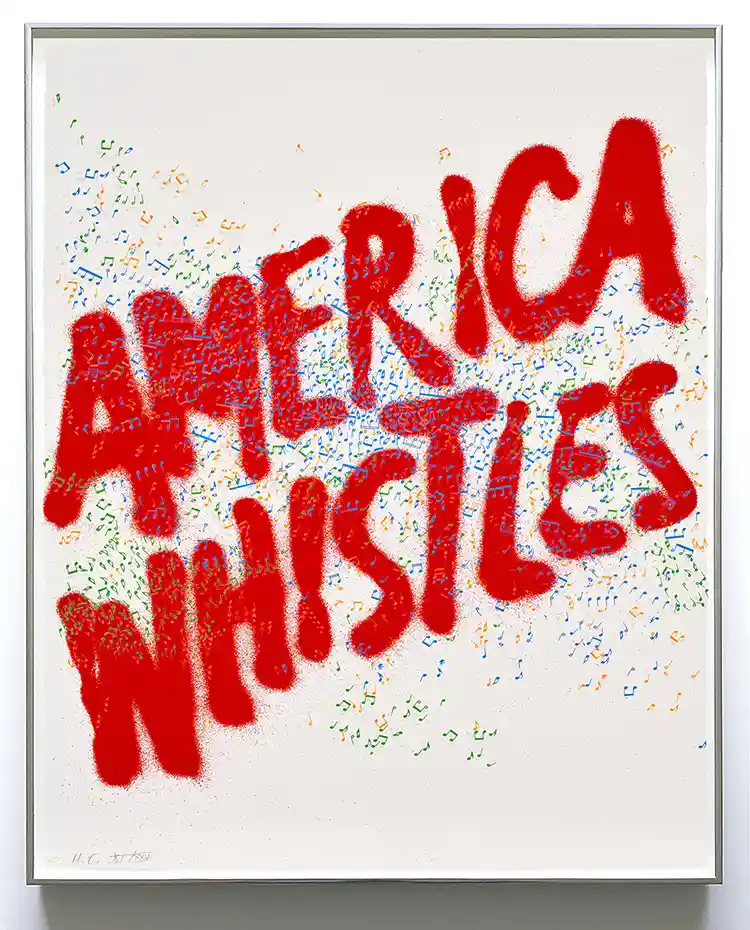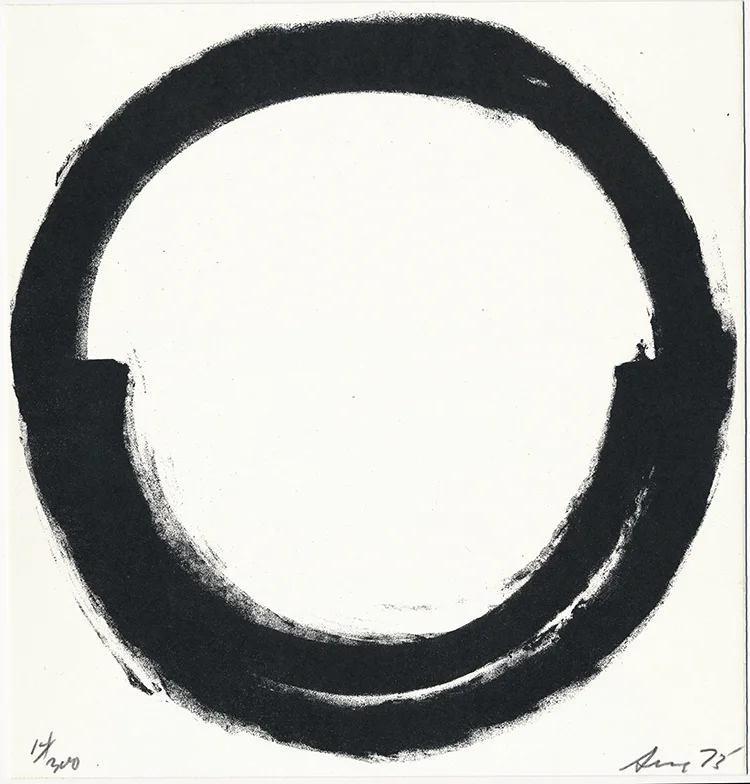Robert Rauschenberg
Untitled, 1973
lithograph and screenprint on 100% rag paper
paper: 12 x 9 inches
frame: 13 1/2 x 10 inches
Edition of 300
Signed and numbered in pencil lower left
Stamped on verso "© Copyright 1973 By Robert Rauschenberg Printed by Styria Studio"
Printer Styria Studio Publisher Experiments in Art & Technology
Provenance
Collection of Ileana Sonnabend & the Estate of Nina Castelli Sundell
Christie’s New York, July 29, 2016, Lot 536, Sale Number 12209
Private Collection, New York, acquired from the above
Museum Collections
National Gallery of Art, Washington D.C.
Museum of Modern Art, New York
Walker Art Center, Minneapolis
paper: 12 x 9 inches
frame: 13 1/2 x 10 inches
Edition of 300
Signed and numbered in pencil lower left
Stamped on verso "© Copyright 1973 By Robert Rauschenberg Printed by Styria Studio"
Printer Styria Studio Publisher Experiments in Art & Technology
Provenance
Collection of Ileana Sonnabend & the Estate of Nina Castelli Sundell
Christie’s New York, July 29, 2016, Lot 536, Sale Number 12209
Private Collection, New York, acquired from the above
Museum Collections
National Gallery of Art, Washington D.C.
Museum of Modern Art, New York
Walker Art Center, Minneapolis

